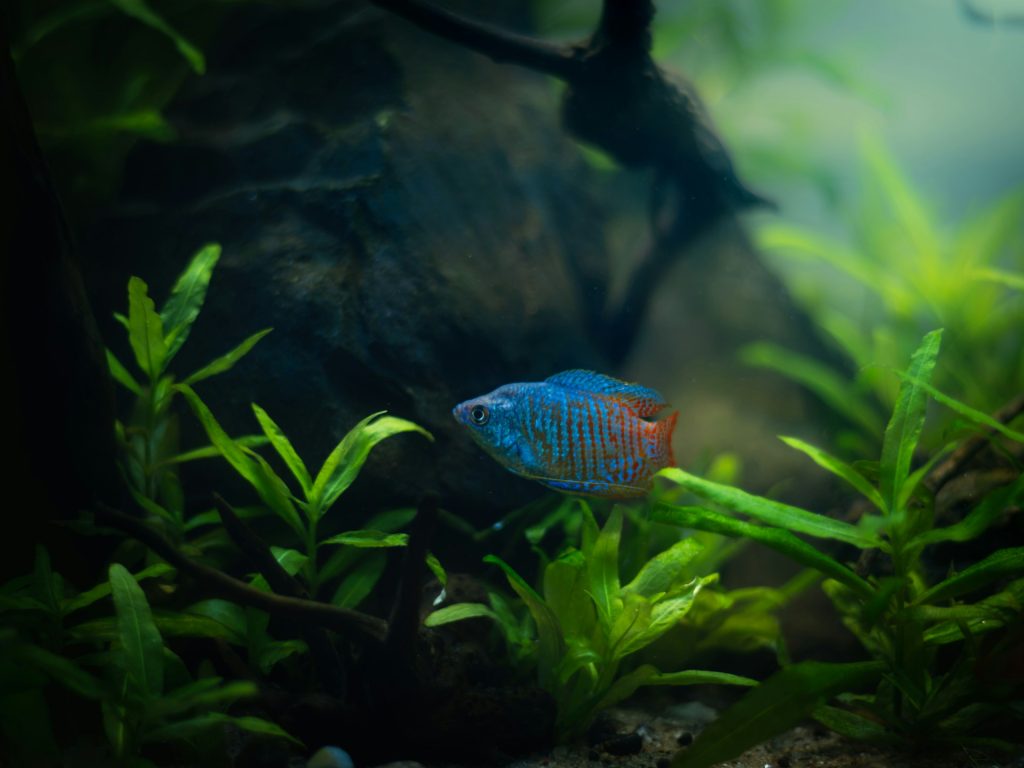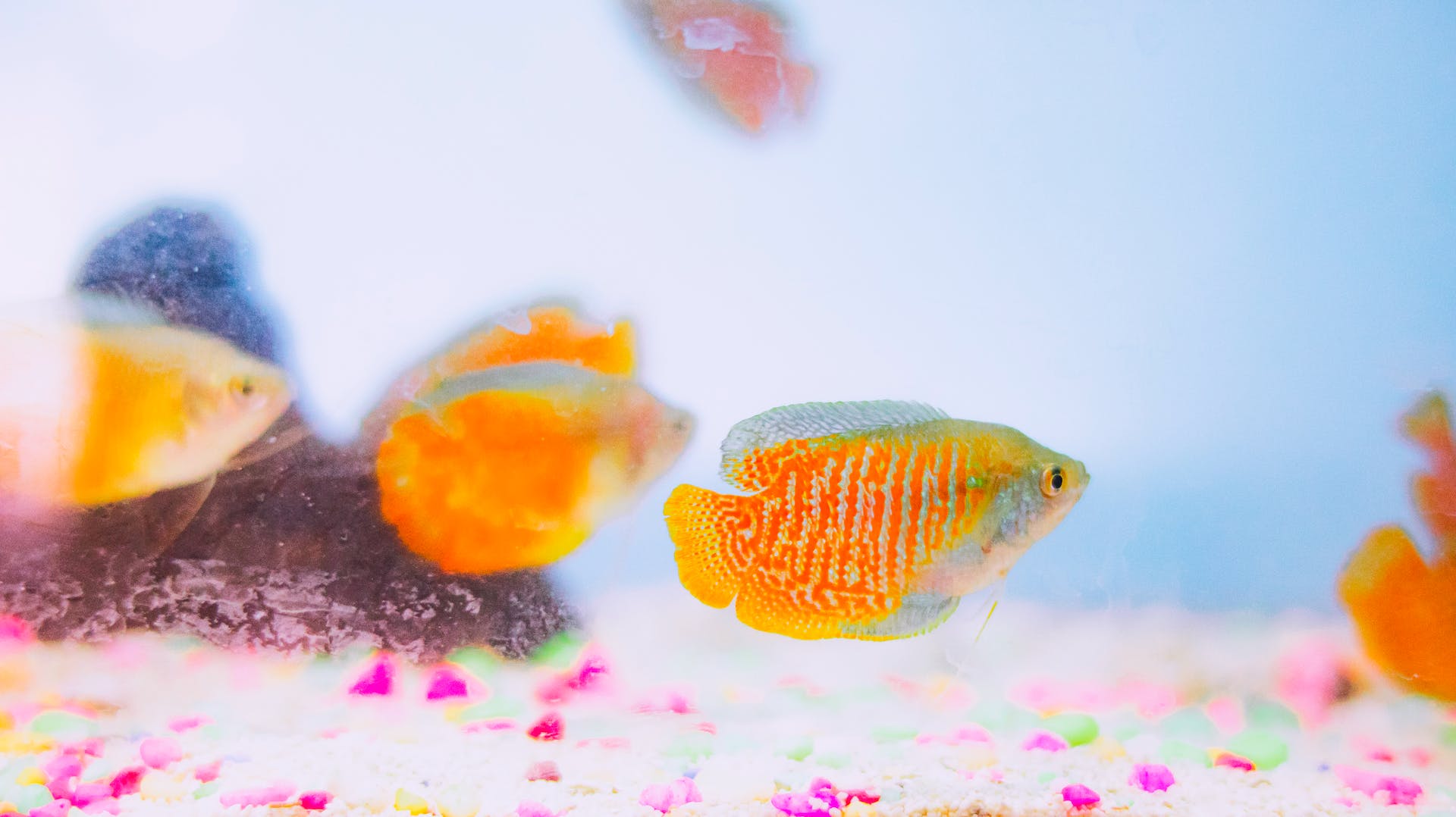Last Updated on February 18, 2024 by Dustin
Picture this: sunlight dappling through lush greenery, illuminating a vibrant underwater world bustling with life. At the heart of this miniature paradise, your prized dwarf gouramis glide gracefully, their shimmering scales catching the light. But beyond the aesthetics lies a crucial question: should their haven be adorned with smooth, golden sand or the classic crunch of gravel? Fear not, fellow aquascapers, for this article dives deep into the world of dwarf gourami preferences, uncovering the truth about substrate choices and ensuring your captivating companions live a life of aquatic bliss.
Stats to Spark Understanding:
- Size: 2-3 inches (5-8 cm)
- Water temperature: 75-80°F (24-27°C)
- pH: 6.0-7.5
- Diet: Omnivorous
- Minimum tank size: 10 gallons (38 liters) for a single dwarf gourami
The Substrate Showdown: Friend or Foe?
We have learned from experience keeping dwarf gouramis, that like any fish, they have specific needs when it comes to their environment. Substrate choice not only impacts aesthetics but also influences their behavior, health, and overall well-being. So, let’s delve into the pros and cons of sand versus gravel:
Sand:
- Pros: Soft and gentle on delicate fins, encourages natural foraging behaviors like sifting, promotes plant root growth, creates a natural, aesthetically pleasing look.
- Cons: Can trap waste and debris, requiring more frequent cleaning, may not be suitable for bottom-dwelling fish that require gravel for sifting.
Gravel:
- Pros: Easier to clean than sand, allows for better water circulation, suitable for bottom-dwelling fish.
- Cons: Can be rough on delicate fins, may not be ideal for natural foraging behaviors, some colors can appear artificial.
The Verdict: A Balancing Act
Ultimately, the “best” substrate depends on your individual setup and priorities. However, we at Home Aquarium Supplies recommend prioritizing your gouramis’ well-being. Considering their natural habitat includes sandy riverbeds and rice paddies, fine-grained sand often emerges as the preferred choice. Opt for smooth, silica-based sand to avoid abrasions and ensure its grain size is small enough to prevent impaction if ingested.

Expert Substrate Advice: Creating a Gourami Paradise
Remember, substrate is just one piece of the puzzle. Provide your gouramis with a spacious tank decorated with live plants for hiding and grazing, offer them a varied diet of high-quality pellets, flakes, and occasional treats, and maintain consistent water parameters. As always, resources like Home Aquarium Supplies offer a wealth of information on providing proper care for a variety of fish, including dwarf gouramis. Our comprehensive guides and expert advice can help you create the perfect aquatic haven for your shimmering companions.
In Conclusion: A Sandy Sanctuary Awaits
So, while both sand and gravel have their merits, for dwarf gouramis, a soft, sandy substrate often emerges as the winner. By prioritizing their natural instincts and tailoring the environment to their needs, you can create a thriving paradise where your dazzling jewels can truly shine. Now, tell me, what other questions do you have about crafting the perfect home for your captivating dwarf gouramis? Here are some common questions and answers.
Dwarf Gourami Q&A:
Q. What size tank do they need?
A. 10 gallons for a single fish, 20 gallons for a pair, and more for additional gouramis.
Q. Do they need live plants?
A. Live plants are beneficial for providing hiding spots, improving water quality, and offering grazing opportunities.
Q. How often should I change the water?
A. Weekly partial water changes (20-30%) are recommended.
Q. Do they need a filter?
A. Yes, even though they can breathe air, a filter helps maintain water quality and remove waste.
